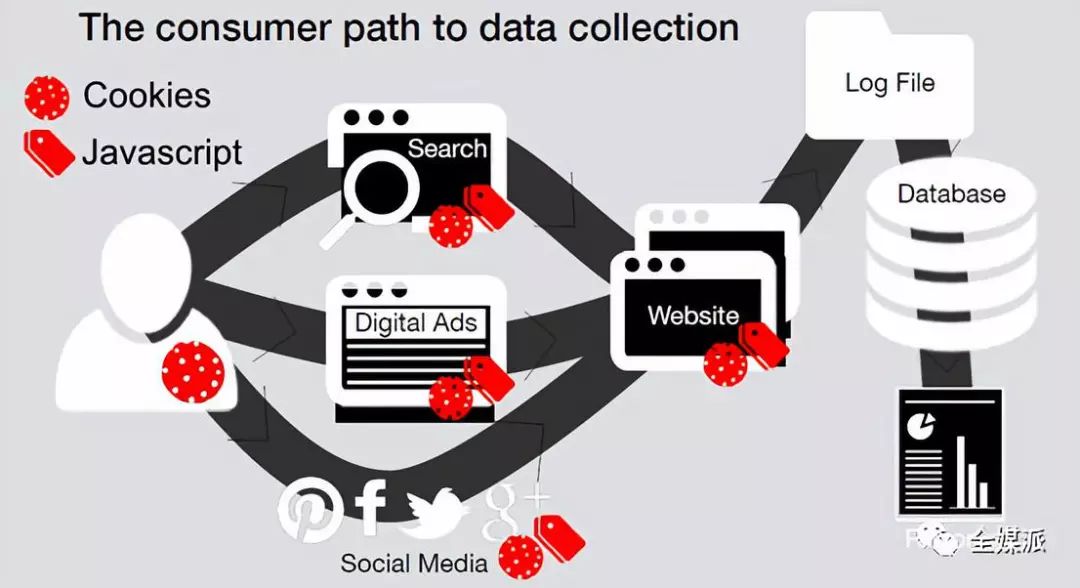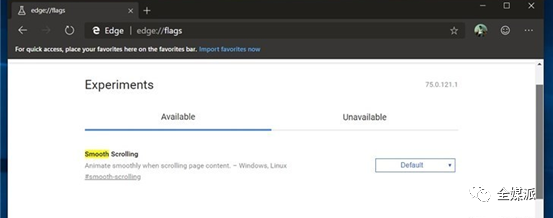Learn why the New York Times gave up tracking pixels? What’s so unique about this new tool developed independently by the media?
Editor’s note: This article is from the WeChat public account “All Media Pie” (ID: quanmeipai) a>, author Tencent Media. Reprinted with permission.
Recently, the New York Times has developed a new tool called TAFI (Twitter and Facebook Interface) to help it optimize its content placement strategy on Facebook and Twitter, thereby eliminating the need for tracking pixels. Reliance on marketing methods.
In simple terms, TAFI is a tool that can measure which articles are most likely to attract social participation from specific audiences, and provide decision-making basis for placement adjustment and content screening. “Based on our tests, this tool can help us reduce the cost of manual operations by half.” Said New York Times senior data scientist Colin Russel.

Chief data scientist Chris Wiggins said confidently: “We use the data we collect through TAFI, and we no longer need to track the pixels to obtain historical records in a way that may expose our readers.”
The New York Times now publishes about 250 original articles daily and has more than 3.5 million paid subscribers for digital content. In order to better understand readers and clarify what content is most important to them, The New York Times has always hoped to better serve readers through technology.
This issue of All Media Group (ID: quanmeipai) brings the latest Digiday article to understand why the New York Times gave up tracking pixels? What’s so unique about this new tool developed independently by the media?

Tracking pixels: a big “weapon” for Internet marketing
Tracking pixel refers to the tracking code (JavaScript) that can be applied to a website. It is usually a 1 by 1 pixel GIF file. When a tracking pixel is installed on a website, all user actions on the website will be recorded in detail. As one of the important tools of Facebook advertising marketing, Facebook pixels can help advertisers identify their target audiences, evaluate advertising effectiveness, and optimize advertising delivery.

Take Huawei Mall’s data on the third-party tool “Baidu Statistics” as an example, JS and GIF are the codes for tracking
In the domestic market, common commercial website statistical analysis services are usually provided by third parties. The way these statistical tools collect data is often to add a piece of Java Script code to the web page.
In general, tracking pixels identify page visitors in two ways. The first method is to locate users by URL. The media or advertisers can target all users who visit the page in a certain period of time in the background. The second method is to locate by a specific event. For example, users who read an article or purchased an item during a certain period of time.
The tracking pixel can use the user ’s email, name, gender, city and other information as the data support for conversion tracking. It is understood that this tracking pixel service provided by Facebook can significantly improve tracking conversion rate and increase advertising coverage by 5% to 25%.

TAFI: New Choice for The New York Times
Although there are many advantages, the tracking pixel service also faces many challenges.
First, there are certain prerequisites for using this feature. Take Facebook Pixel as an example, the service can only be accessed when the user is logged inThis can only be done with a Facebook account, which limits the quality and quantity of the data to some extent.
Second, although service providers such as Facebook insist that all user data obtained by tracking pixels will be encrypted on the local browser before matching on Facebook’s servers, but it is difficult for giants such as Facebook to easily get out of the data. The quagmire of safety remains unsettling.

Finally, as users and service providers attach great importance to data privacy, anti-tracking and tracking defense and other “defensive forces” are becoming stricter. For example, at the beginning of November this year, the Chromium Edge browser released by Microsoft added a restrictive feature called Tracking Prevention. This feature adopted a more practical and comprehensive tracking protection list to protect user data privacy.
In “strict” mode, Tracking Prevention can completely prevent the tracking pixels, iframes and other scripts from loading and fetching data.
In the past decade, monitoring, collecting, and matching through “tracking pixels” on social media have been considered as effective ways to achieve marketing goals. However, Facebook and Twitter are no longer used to track pixels on most pages of the New York Times.
“TAFI does not use readers’ browsing history to judge readers ’reading preferences, but conducts in-depth analysis of readers’ content preferences based on the existing readers ’data of the New York Times and the performance data of articles on social media. Wiggins said.

Although this tool is still “naughty,” Russel commented, “TAFI has been able to help the media spend money on Facebook and Twitter effectively. This also encourages us to make better and better use of these social platforms. “.
Russel also emphasized that with this tool, the New York TimesUser and content tracking and matching is more efficient. With good data feedback, marketing teams can more confidently put forward budget requirements for marketing activities on social platforms.
At the same time, due to the significant improvement in the effectiveness of data analysis and matching, the company and the commercialization team also clearly saw that the money was not wasted, so it also changed the method of preparing and reviewing the marketing budget investment of social platforms.

“The idea of developing related tools came about two years ago. We conducted the actual test for the first time a year and a half ago. After half a year, the product became more mature, and we completely terminated our marketing cooperation with third parties. Relationship, “Russel recalled.
Russel said that in the future, he hopes to launch this tool independently developed by media on other platforms such as Snapchat and Reddit.
Reference link:
1.https: //digiday.com/media/new-york-times-mines-data-pick-articles-promote-facebook-twitter/
2.https: //www.inma.org/blogs/ideas/post.cfm/new-york-times-readerscope-turns-article-data-into-action


Although there are many advantages, the tracking pixel service also faces many challenges.
First, there are certain prerequisites for using this feature. Take Facebook Pixel as an example, the service can only be accessed when the user is logged inThis can only be done with a Facebook account, which limits the quality and quantity of the data to some extent.
Second, although service providers such as Facebook insist that all user data obtained by tracking pixels will be encrypted on the local browser before matching on Facebook’s servers, but it is difficult for giants such as Facebook to easily get out of the data. The quagmire of safety remains unsettling.

Finally, as users and service providers attach great importance to data privacy, anti-tracking and tracking defense and other “defensive forces” are becoming stricter. For example, at the beginning of November this year, the Chromium Edge browser released by Microsoft added a restrictive feature called Tracking Prevention. This feature adopted a more practical and comprehensive tracking protection list to protect user data privacy.
In “strict” mode, Tracking Prevention can completely prevent the tracking pixels, iframes and other scripts from loading and fetching data.
In the past decade, monitoring, collecting, and matching through “tracking pixels” on social media have been considered as effective ways to achieve marketing goals. However, Facebook and Twitter are no longer used to track pixels on most pages of the New York Times.
“TAFI does not use readers’ browsing history to judge readers ’reading preferences, but conducts in-depth analysis of readers’ content preferences based on the existing readers ’data of the New York Times and the performance data of articles on social media. Wiggins said.

Although this tool is still “naughty,” Russel commented, “TAFI has been able to help the media spend money on Facebook and Twitter effectively. This also encourages us to make better and better use of these social platforms. “.
Russel also emphasized that with this tool, the New York TimesUser and content tracking and matching is more efficient. With good data feedback, marketing teams can more confidently put forward budget requirements for marketing activities on social platforms.
At the same time, due to the significant improvement in the effectiveness of data analysis and matching, the company and the commercialization team also clearly saw that the money was not wasted, so it also changed the method of preparing and reviewing the marketing budget investment of social platforms.

“The idea of developing related tools came about two years ago. We conducted the actual test for the first time a year and a half ago. After half a year, the product became more mature, and we completely terminated our marketing cooperation with third parties. Relationship, “Russel recalled.
Russel said that in the future, he hopes to launch this tool independently developed by media on other platforms such as Snapchat and Reddit.
Reference link:
1.https: //digiday.com/media/new-york-times-mines-data-pick-articles-promote-facebook-twitter/
2.https: //www.inma.org/blogs/ideas/post.cfm/new-york-times-readerscope-turns-article-data-into-action